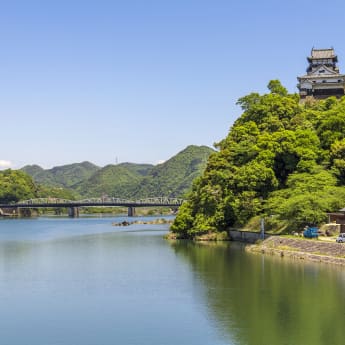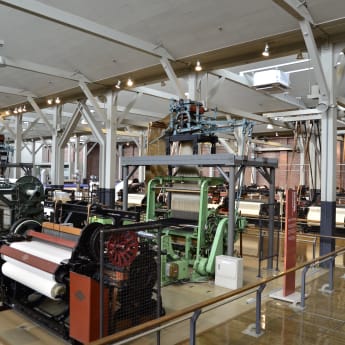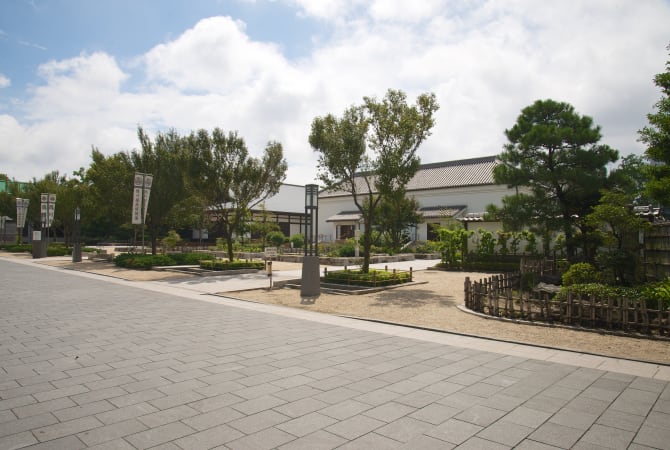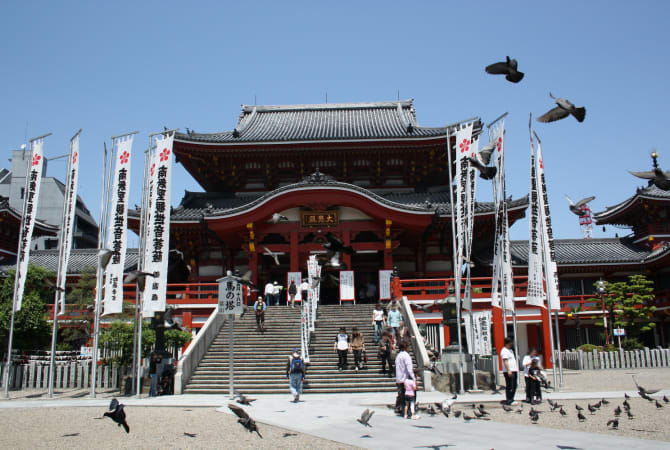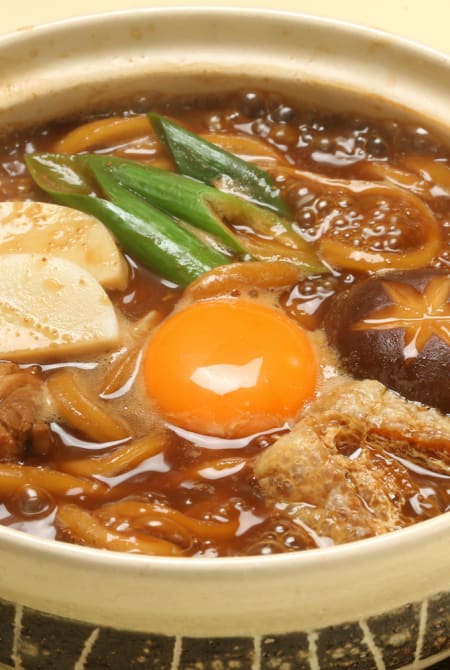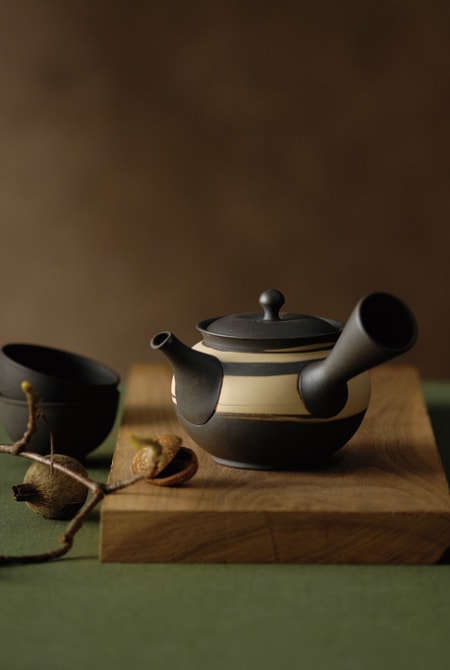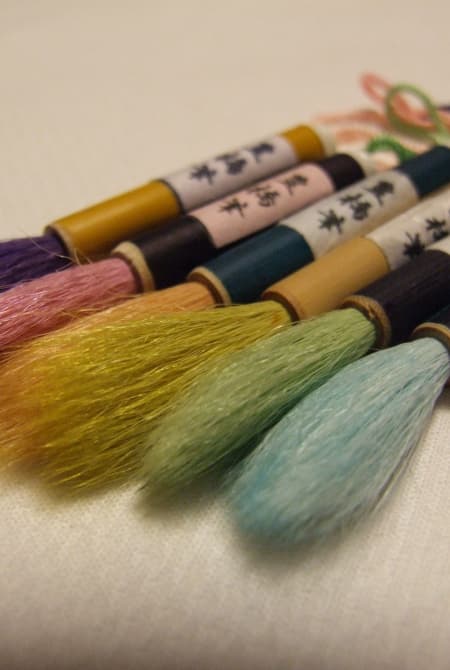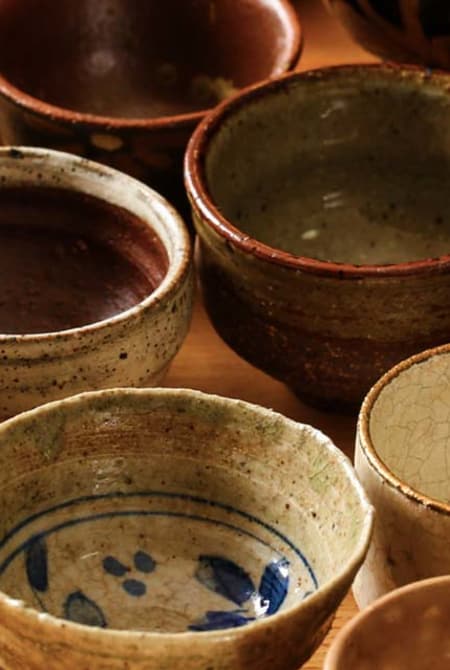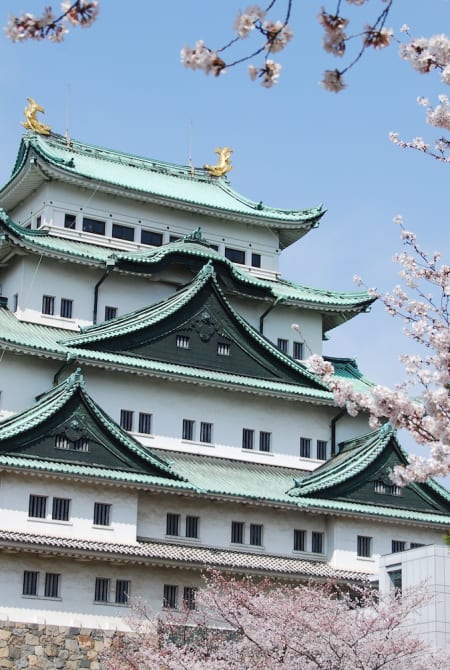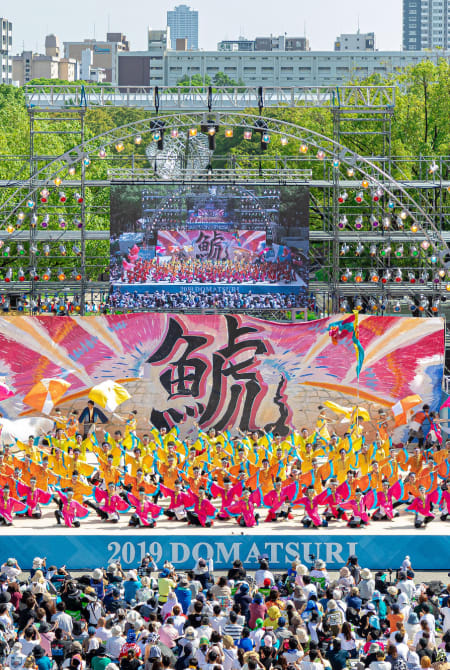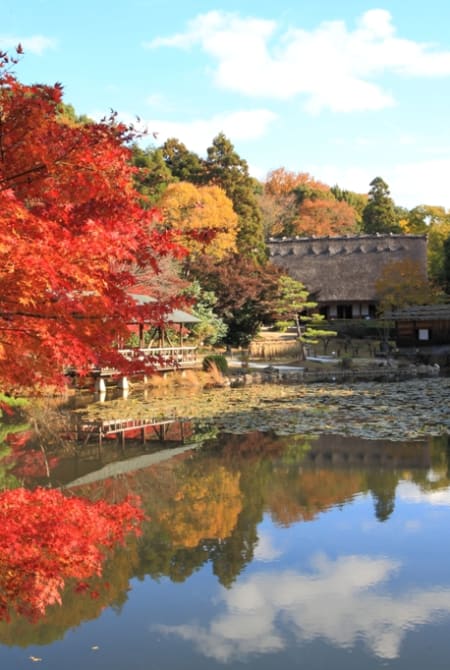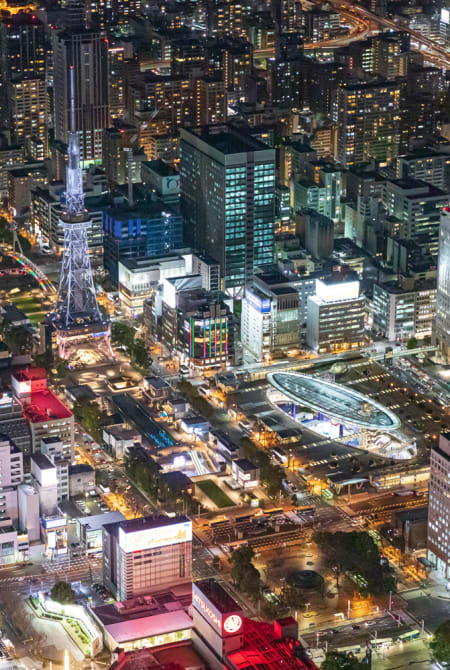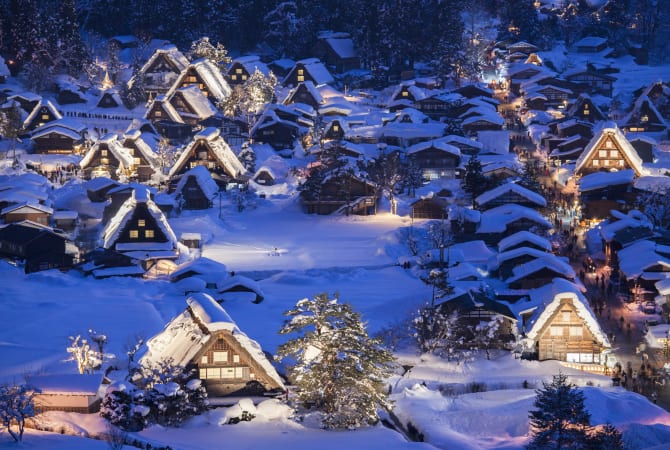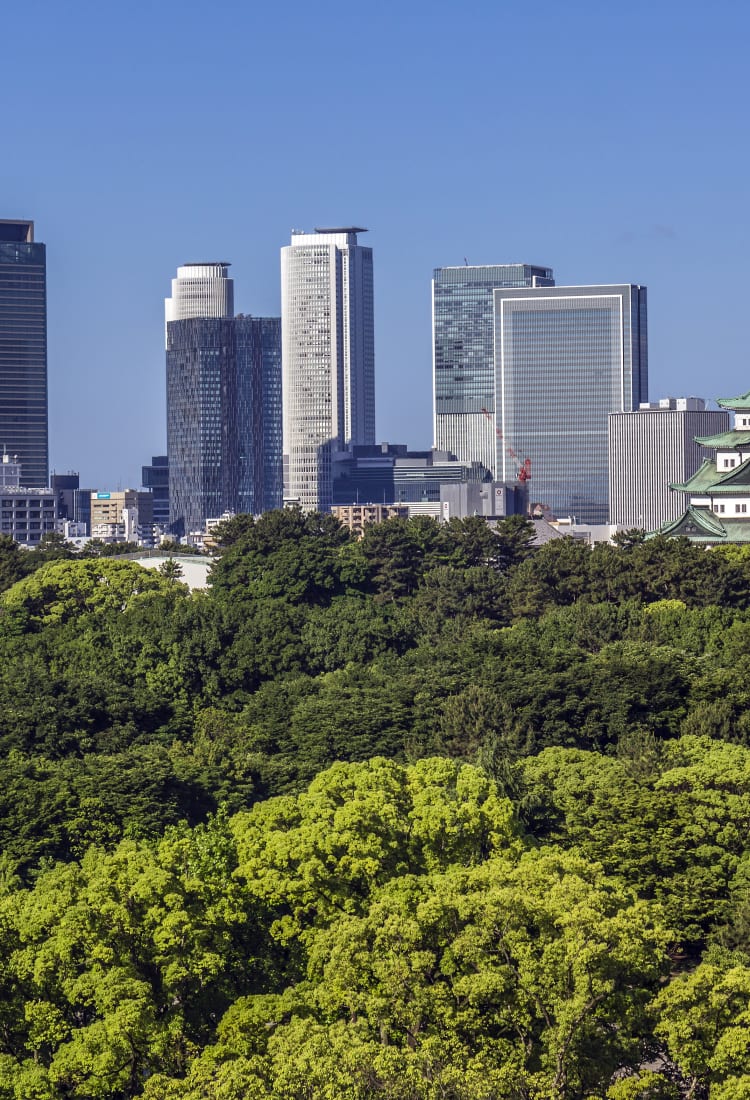

Tokai Aichi Proud samurai foothold and manufacturing powerhouse
Known as the home of Toyota, Aichi also offers samurai history, unique local foods, great nightlife, rustic beauty and distinctive arts and crafts
How to Get There
Located in the middle of Honshu, Nagoya is a key transportation hub. Bullet trains there take only 35 and 50 minutes from Kyoto and Osaka, respectively, and an hour and 40 minutes from Tokyo. Aichi hosts two airports, with Nagoya Airport mostly handling domestic flights and Centrair, international travel.
Well served by JR and private railways such as Meitetsu, Aichi Prefecture offers a robust transport network and convenient train and bus access to neighboring prefectures such as Gifu and Mie. Private and highway buses are cheaper options for those traveling from major cities.
Don’t Miss
- Fried chicken wings, hatcho miso sauce, funky foodstuffs and other traditional local cuisine
- Chausuyama Kogen, a ski resort boasting two kilometers of slopes
- Lively and entertaining New Year’s celebrations at Osu Kannon
- Inuyama Castle, the oldest original castle in Japan and a National Treasure
Explore Aichi by Area
Trending Attractions in Aichi
Local Specialties
-
Seto Ware
The city of Seto near Nagoya is home to one of Japan’s six ancient kilns known as Akazu. A variety of ceramics are produced here, using different glazing techniques such as Shino, Oribe and Kiseto, ranging from pure white to brightly colored. The pieces are often used in tea ceremonies and flower arranging.

-
Miso Nikomi Udon
A Nagoya specialty, this flavorful dish begins with an umami-rich fish-based broth. Soy sauce, sweet cooking sake, and red miso are then added, and it is within this soup that the thick, chewy udon noodles are cooked. Other ingredients such as chicken, egg, leek and additional vegetables are also commonly added. The dish is served piping hot in the small ceramic pot in which it is cooked. (Photo: ©Nagoya Convention & Visitors Bureau)

-
Hitsumabushi
An eel dish in which all the ingredients such as rice, seaweed, eel and wasabi are served separately. You get an empty bowl, and mix everything together to your personal taste. The final step is to pour a dashi-based broth over what you have left. (Photo: ©Nagoya Convention & Visitors Bureau)

-
Tenmusubi
Tenmusubi are rice balls wrapped around a flaky, deep-fried shrimp fritter and enfolded in crispy, salty seaweed. (Photo: ©Nagoya Convention & Visitors Bureau)

-
Miso Katsu
A deliciously flaky, deep-fried pork cutlet covered in a thick miso sauce made from red miso, dashi broth and other seasonings. A staple of Japanese comfort food. (Photo: ©Nagoya Convention & Visitors Bureau)

-
Uiro
A steamed cake made from rice flour and sugar. Chewy and colorful, this Japanese sweet matches well with green tea. (Photo: ©Nagoya Convention & Visitors Bureau)

-
Tokoname Ware
Tokoname yaki is a natural ash glazed stoneware made in Tokoname, one of Japan’s ancient potting centers. The ceramic goods produced here range from architectural tiles and industrial pipes to storage pots and delicate teapots.

-
Arimatsu-Narumi Tie-Dyed Fabrics
Arimatsu-Narumi shibori is a tie-dyed textile dating back to the early 17th century. The stunning, complex patterns of indigo-dyed cotton made a popular souvenir available only along the Tokaido highway that connected the capital to Kyoto.

-
Toyohashi Brushes
Calligraphy brush-making in Toyohashi dates back to the 19th century. Today, these premium fude are made for applying cosmetics, Japanese painting and other traditional crafts.

-
Seto Sometsuke Ware
With its beautifully painted, realistic scenes of nature in a startling cobalt blue upon a soft white background, Seto Sometsuke yaki is considered among Japan’s most beautiful traditional arts. Featuring birds, flowers, insects and scenery, the works are often used in tea ceremony, flower arranging, and as incense holders.

Seasonal Highlights
-
Spring
Cherry blossom season means time to visit places like Tsuruma Park, the Yamazaki River and Inuyama Castle for the fleeting show of Japan's most famous blooms. (Photo: ©Nagoya Convention & Visitors Bureau)

-
Summer
Distract yourself from the increasingly steamy weather with fireworks and dance festivals, the World Cosplay Summit, the Nagoya Basho sumo tournament and cormorant fishing. (Photo: ⒸNIPPON DOMANNAKA FESTIVAL)

-
Autumn
See rare shikizakura cherry blossoms in Obara blooming against a backdrop of fabulous fall foliage. Visit the Tokugawaen Japanese Garden after dark to see the trees and their colored leaves beautifully lit. (Photo: ©Nagoya Convention & Visitors Bureau)

-
Winter
Visit Osu Kannon in Nagoya for spectacular New Year’s festivities, see the Naked Man Festival at Konomiya Shrine, or head to the hills for some snow. (Photo: ©Nagoya Convention & Visitors Bureau)

































































